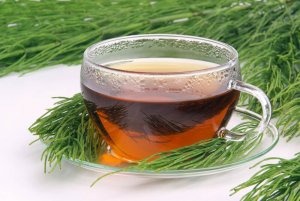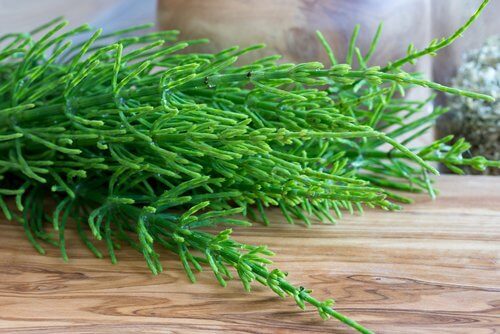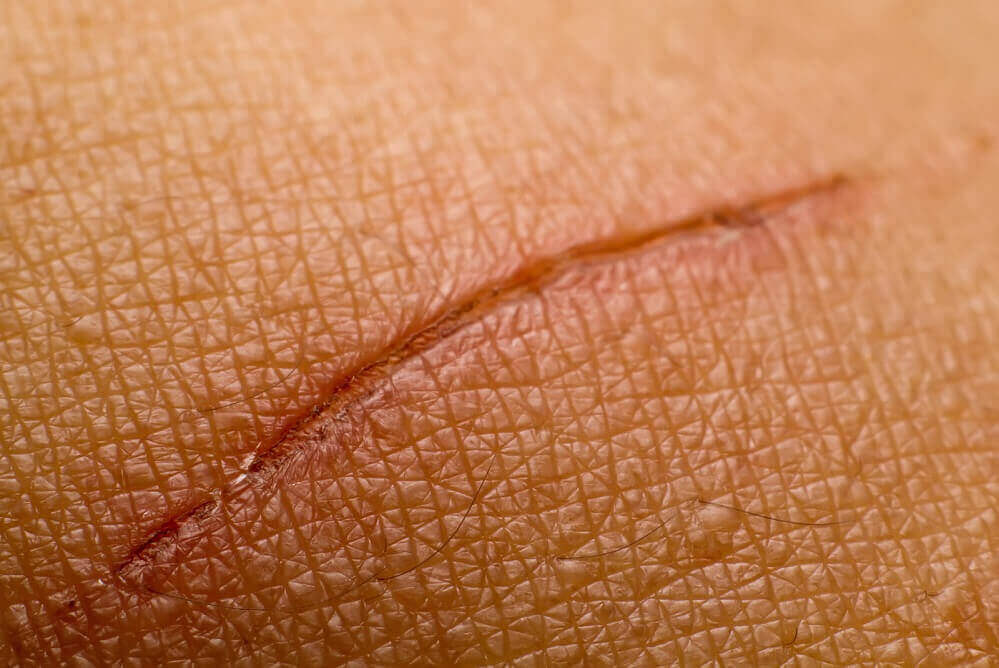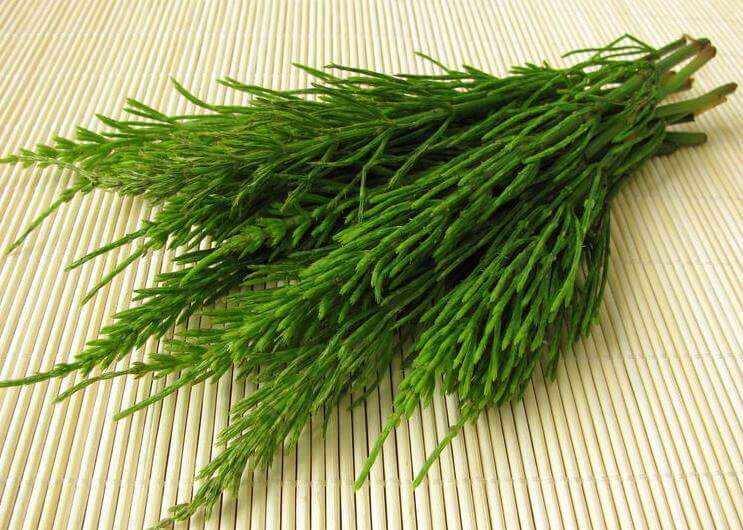What is Horsetail and What is it Good For?


Written and verified by the doctor Karla Henríquez
What is horsetail? Horsetail is a plant with many medicinal and therapeutic benefits. It’s name comes from the fact that it looks similar to a horse’s tail.
To explain all of the great things that this plant can provide for your health, we need to start with its brilliant uses. These range from an anti-inflammatory for wounds and bruises, to creams and preparations to fight premature aging.
Horsetail grows naturally close to sources of water: swamps, lakes, rivers, or aquifers. It’s known to be a prehistoric plant which, these days, is common in different parts of planet that cover large regions of Asia, Europe, North Africa, and North America.
Horsetail stands out for providing multiple benefits for many conditions.
In this article, we’ll show you the best collection of information about horsetail and what it’s good for: its uses, composition, and more!
What is horsetail and what is it good for?

Horsetail is a type of plant that never stops growing. Basically, it doesn’t follow a growth cycle as a result of the seasons or its location. Its roots go very deep into the ground and it sprouts tubercles that are very specific to this species of plant.
Among the properties attributed to horsetail are the following. It:
- Helps regenerate the skin.
- Is a powerful natural purifier.
- Has high levels of vitamin D and E.
- Contains proteins and amino acids (essential for the preparation of anti-aging ointments or creams).
- Is known as an anti-septic and anti-inflammatory agent.
- Is helpful for healthy weight loss.
Chemical composition
Overall, this plant contains a rich combination of chemical elements that make it ideal for treating many pains:
- Minerals: Silicon, manganese, aluminium and potassium.
- Phytonutrients: Saponin, phytosterols, phenolic acid, caffeic acid, alkaloids, tannins, and bioflavonoids.
Health benefits

Overall, horsetail is highly recommended for treating a wide variety of symptoms and fighting light to moderate health conditions.
Healing
Thanks to its properties, it helps speed up the healing of open wounds. It’s especially effect for those that are taking longer than they should.
The proteins that makes this possible are called “tannins.” They work to complete the formation of new, healthy tissue.
Plus, it’s an excellent natural astringent and has no negative effects on your skin.
Anti-bacterial and anti-fungal
A recent study shows that horsetail essential oil combats, eliminates, and reduces the reproduction and propagation of bacteria like E. coli or Salmonella enteritidis.
Plus, it’s even effective in fight different strains of fungus, such as Candida albicans.
A notable painkiller and anti-inflammatory
The components of horsetail help to counteract the inflammation of tissues caused by swelling or trauma.
Furthermore, it works as a light painkiller against mid-intensity pain.
Aesthetic use

Now you know the different applications of horsetail. However, maybe now we look at the where this herb really strengthens its reputation.
Believe it or not, it also has many benefits for your hair and skin.
- This plant is perfect for hair care and stimulating growth.
- As a natural anti-fungal plant, it prevents the appearance or deterioration of cuticles and is ideal for strengthening nails.
Plus, it even regenerates skin:
- Its high silicon content accelerates the function of skin cells to regenerate quicker.
- Thanks to the vitamin D and E that it provides, your skin will also look younger, more elastic, and healthier.
Drawbacks and interactions with medications
Horsetail is a wonderful plants with so many medical and beauty uses. However, special care needs to be taken with respect to the mixture of medication and other drugs.
When it comes to medication and ingestion of horsetail, it’s not recommended to do this for more than 6 weeks. After this time, the body develops a resistance to its components and neutralizes their effects.
Any excessive consumption of horsetail will be shown in the digestive tract and the body’s mucosa.
You should also be extremely careful and avoid taking it if you have an allergy to aspirin.
All cited sources were thoroughly reviewed by our team to ensure their quality, reliability, currency, and validity. The bibliography of this article was considered reliable and of academic or scientific accuracy.
- Bährle-Rapp, M., & Bährle-Rapp, M. (2010). Equisetum arvense. In Springer Lexikon Kosmetik und Körperpflege. https://doi.org/10.1007/978-3-540-71095-0_3622
- Radulović, N., Stojanović, G., & Palić, R. (2006). Composition and antimicrobial activity of Equisetum arvense L. essential oil. Phytotherapy Research. https://doi.org/10.1002/ptr.1815
- Sandhu, N. S., Kaur, S., & Chopra, D. (2010). Equietum arvense: Pharmacology and phytochemistry – a review. Asian Journal of Pharmaceutical and Clinical Research.
This text is provided for informational purposes only and does not replace consultation with a professional. If in doubt, consult your specialist.








